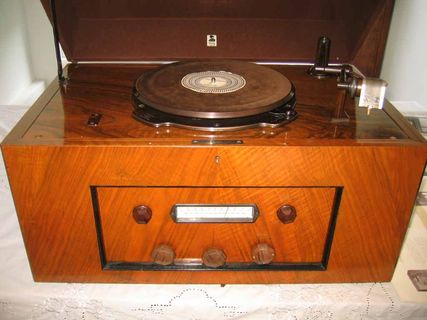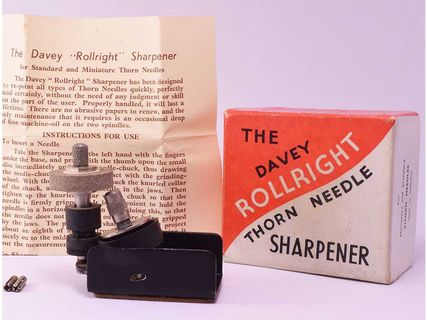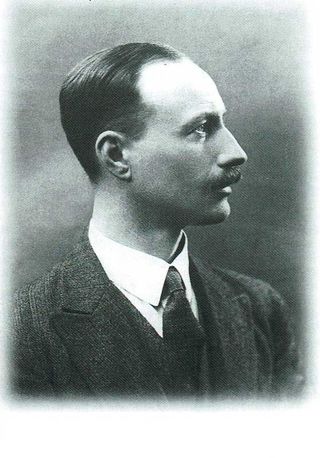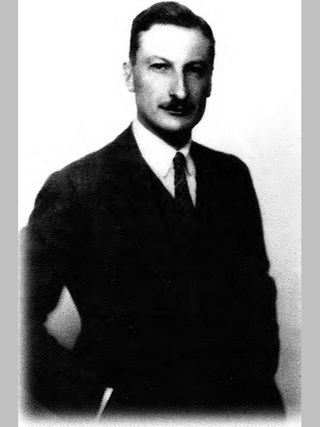E.M.G Handmade Gramophones
E.M.G timeline of dates, places, models and numbers.
E.M.G Handmade Gramophones Limited was founded in 1923 by Ellis Michael Ginn and his brother-in-law David Phillips.
E.M.G produced bespoke gramophones inspired by Henry Seymour's Superphone. They were joined in 1928 by Horace Balfour Davey who brought with him a solid scientific approach and designed the now pre-eminent E.M.G range of huge horned gramophones.
Ginn lost control of his namesake company in 1930 and set up in direct competition to E.M.G, producing EXPERT Handmade Gramophones.
Balfour Davey found himself in charge of E.M.G. Together with his brother Francis Davey, they designed and manufactured by hand, some of the best acoustic gramophones ever produced and their electrical reproducers are still today, renowned for their quality Hi-Fi setups. The business thrived through the 50's especially with the advent of the Long Playing Record. New equipment was needed to play the LP and loyal E.M.G customers had their older equipment converted to play the new format. Francis Davey designed new pickups and his Infinitely Variable Steep-Cutting Filter was a huge success amongst audiophiles who wanted to play both their older 78rpm records and the new LP's.
By the mid 60's, E.M.G had started to concentrate more on the selling of records than on the equipment to play them. Their invaluable "Monthly Letter" advised their many loyal customers on which records to buy. After Francis Daveys death in 1968, Balfour slowly passed the management of the business to time served employees. Balfour Davey died in 1972. It was not until 1980, that the company eventually went into voluntary liquidation
These pioneers of the gramophone world were rescued from obscurity in 1998 with the publication of 'The E.M.G Story' by Francis James. A fascinating book meticulously researched, revealing the complex and intriguing worlds of Mr Ginn, the Davey's and their many collaborators.





